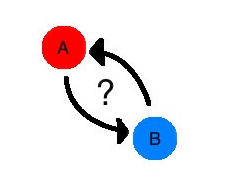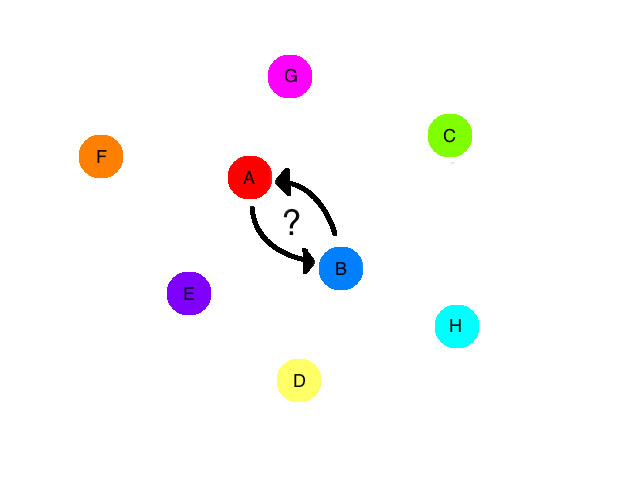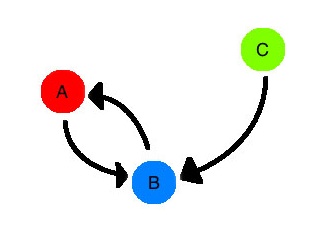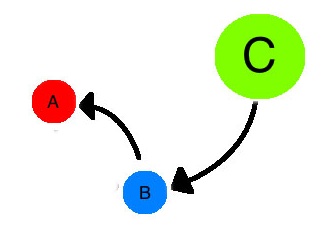I Just Don’t Understand How Social Sciences Establishes Definite Causality: Econometric Design REthink
For a time, imperialists in Africa observed early explorers go near the vicinity of a swamp and then soon after become stricken with malaria. Their forgone conclusion was of experimental causality – A caused B – when in reality it was only a correlation. The relationship was inaccurate but the observation was precise: the sickness was transmitted by a mosquito (inaccurate), but being mindful of swampy areas would decrease the spread of the disease (precise).
Many social scientists grapple with the inability to accurately describe casual relationships because of the infinite amount of omitted environmental factors within the experiments they conduct. They are unable to control and alter a single variable at will, because it is physically impossible or immoral to do so. Many of the ‘natural experiments’ are historical events which can never be replicated. The historical data has usually been degraded and the social scientist cannot chose specific variables, but must make due with the unplanned data.
Nathan Nunn and a few other econometricians have taken this problem of correlation vs. causation and applied ingenious research design to solve these problems.
For years the international community has attempted to identify and fix Africa’s slow economic growth and societal problems. However, many policy makers actions have been closer to guesses than targeted plans. In Nunn’s paper ‘Shackled to the Past: The Causes and Consequences of Africa’s Slave Trades,’ Nathan Nunn establishes causality by piecing together historical data and identifying an ingenious exogenous variable. Nunn’s first obstacle was the nature of his research question “Is the slave trade the cause of Africa’s relatively low economic performance, when compared to other developing nations?” Nunn chose a historical event that at its apex occurred around 200 years ago. Because of the time lag, Nunn painstakingly put together a large data set through old slave merchant records. Within the data, Nunn finds a negative correlation between the presence of slave outposts in Africa and economic development. To establish a casual relationship, with the slave trade hampering economic development and not the other way around, Nunn shows that all slave outpost locations were decided upon by an exogenous variable: the shortest distance from the African continent to the demand of the slaves in other continents. By showing that slave out posts were established due to distances, Nunn shows that the opposite was false “the African areas with low growth originally had low growth which brought the slave trade.” Many of the possible infinite omitted variables that could have caused the economic disparity no longer need to be considered, because the exogenous variable has full explanatory power over the lag in African development.
Since the 1970s approximately $3 Trillion USD worth of food aid has been donated to the developing world, however the results usually lag behind estimates. In Nunn’s newest Paper, “The Unintended Consequences of U.S. Food Aid on Civil War,” the natural experiment examines the debate of food aid. The failure of aid is one of the most important issues in development economics. Of all aid, food aid (giving nutrition as opposed to money) would appear to be the best vehicle for countries in need. When looking over the data a clear correlation between food aid and conflict exists. A logical explanation of the correlation is “places of conflict, require aid, therefore food aid is directed in those regions.” However, there are proponents on the other side that believe food aid may exacerbate civil conflicts. Nunn has created a research design that may be able to settle the debate. In order to establish causality Nunn had to isolate the direction of the relationships.
In the end Nunn wants to show this equation to be false:
Food Aid = B1 + B2CivilConflict +…..+ e
And this equation to be true:
Civil Conflict = B1 + B2FoodAid +…..+ e
In order to prove the equation above, he must prove FoodAid (B) is completely dependent upon another exogenous variable (C) and not CivilConflict (A). Nathan predicts that Food Aid depends on the excess supply of grains in the developed world. Since crop yields are dependent on weather outcomes he takes weather system data and creates a predictive model for grain surpluses. He then takes the predicted crop surpluses (C) and uses the data as a proxy for food aid. In the end the data matches perfectly with the rise in conflict in the developed world, therefore proving a one way relationship of food aid – aid reaches an area and prolongs conflict. Food aid can be sold by dictatorships for weapons or funneled into the hands of supporters as opposed to the opposition. This can cause civil strife and negate many of the beneficial effects.
Both of these studies are unique and expertly designed. However there is a commonality. In order to understand the true relationships in society he must first prove that one of the variables behavior is completely independent of the others. This new way of designing research is beginning to redefine research and policy in economics.



